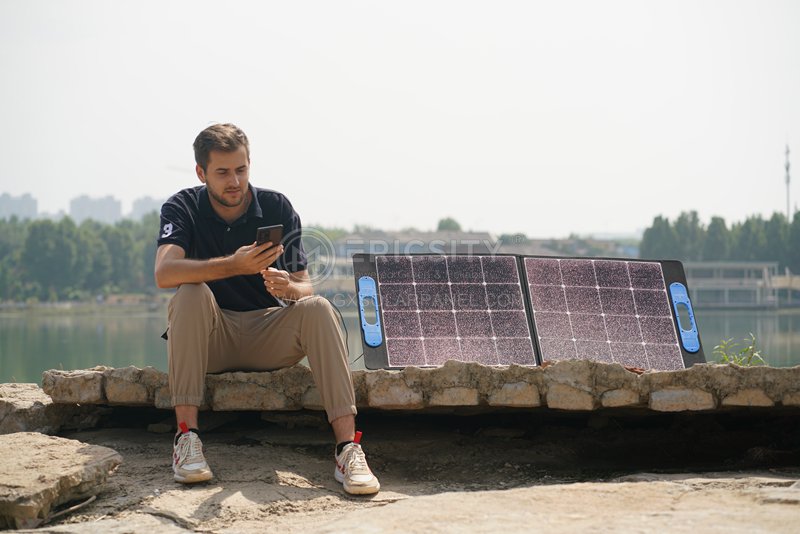HOT PRODUCT
Product Details
The Science Behind 50 Watt Folding Panels: How They Generate Electricity
The Science Behind 50 Watt Folding Panels: How They Generate Electricity
In recent years, renewable energy has become increasingly popular due to the growing concern about the impact of fossil fuels on the environment. Solar energy, in particular, has gained significant traction as an efficient and clean alternative. Among the wide range of solar panels available, 50 Watt folding panels have emerged as a convenient and portable solution for generating electricity. But how exactly do they work? In this article, we will delve into the science behind 50 Watt folding panels and explore the process of electricity generation.
Solar panels, including 50 Watt folding panels, are made up of photovoltaic (PV) cells, which are responsible for converting sunlight into electricity. PV cells are typically made of semiconducting materials, such as silicon. When sunlight known as photons strike the panel’s surface, they transfer their energy to the silicon atoms in the cells.


Folding panels are composed of multiple interconnected PV cells, each designed to generate a small amount of electrical current when exposed to sunlight. These cells are comprised of two layers: an n-type layer, which has an excess of electrons, and a p-type layer, which has fewer electrons. The interface between these two layers is called the P-N junction.

When photons strike the panel, they provide enough energy to some of the electrons in the semiconductor atoms, enabling them to break free from their atomic bonds. These free electrons are then captured within the n-type layer, creating a surplus of negatively charged electrons. This accumulation of electrons within the n-type layer, combined with the positive charge left in the p-type layer, produces an electric field at the P-N junction.
The electric field causes the free electrons to migrate towards the positively charged p-type layer. However, before they reach this layer, an external circuit is connected to the solar panel to harvest the electricity. The presence of the circuit allows the flow of electrons from the n-type to the p-type layer, generating an electrical current that can be used to power various devices or stored for later use.
To enhance the efficiency of electricity generation, 50 Watt folding panels often incorporate additional components. One crucial element is a blocking diode, which prevents the reverse flow of electricity from the battery back into the solar panel when it is not receiving sunlight. This diode ensures that the energy accumulated in the battery is not wasted or reversed.
Another essential component found in many folding panels is a charge controller. This device regulates the amount of charge received by the battery, preventing overcharging and optimizing the charging process. By monitoring and adjusting the voltage and current, a charge controller helps prolong the battery’s lifespan while maintaining its efficiency.
Additionally, folding panels may feature built-in inverters, which transform the direct current (DC) produced by the PV cells into alternating current (AC) suitable for powering various appliances. Inverters play a crucial role in making the generated electricity accessible for immediate use.
In conclusion, the science behind 50 Watt folding panels revolves around the conversion of sunlight into electricity through the use of photovoltaic cells. By capturing photons and liberating electrons, solar panels generate an electric field, which results in the flow of electrical current. The inclusion of additional components, such as blocking diodes, charge controllers, and inverters, enhances the efficiency and usability of the generated electricity. With advancements in solar technology, folding panels are not only a portable and convenient solution but also contribute significantly to the utilization of sustainable and renewable energy sources.




